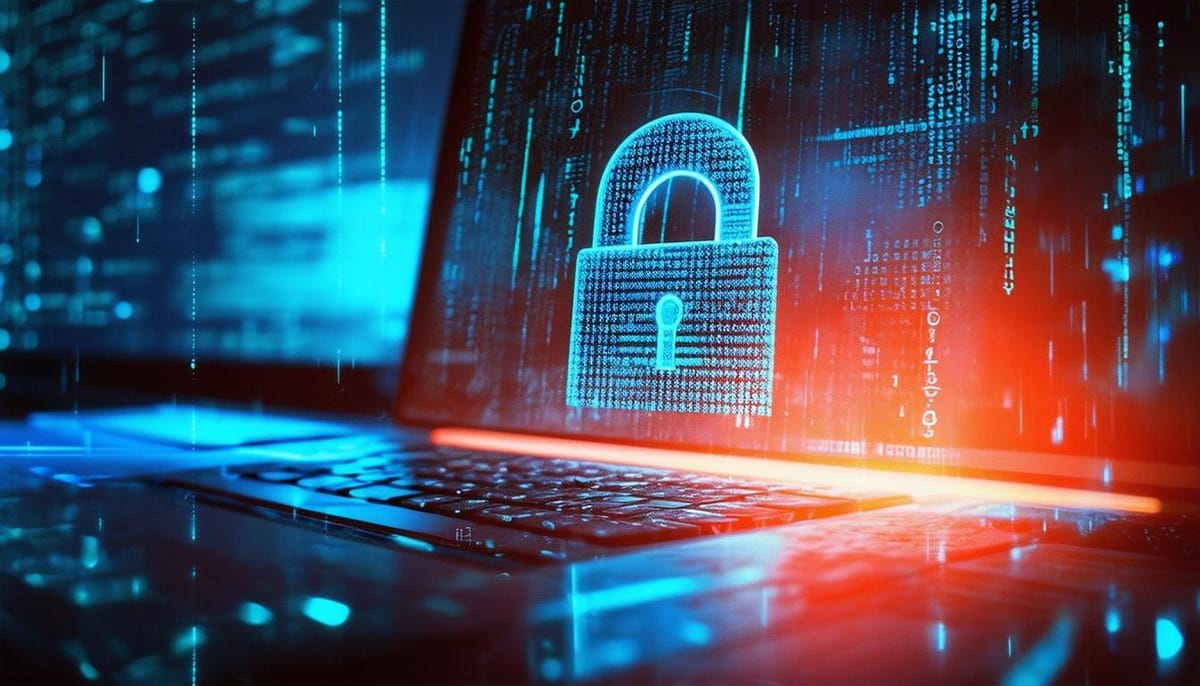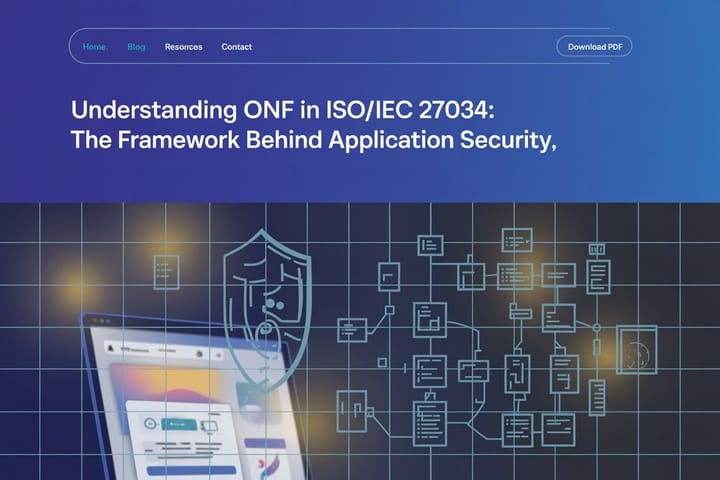Cybersecurity in the Age of AI: New Challenges & Solutions

STORY-AT-A-GLANCE
- The rise of AI is reshaping cybersecurity, introducing new threats and defenses.
- AI-powered malware, phishing, and deepfakes are key threats to watch.
- AI also plays a major role in strengthening cybersecurity.
- Upskilling with cybersecurity certifications is essential for staying ahead.
- CourseMonster offers key certifications to equip professionals.
The rapid growth of artificial intelligence (AI) has fundamentally changed how we interact with technology. But with these advancements come new challenges—especially in cybersecurity. AI isn't just a tool for improving security; it's also being exploited by cybercriminals to develop more sophisticated attacks. In this post, we'll explore how AI-powered threats are evolving and how cybersecurity professionals can leverage AI to protect against these risks.
AI-Powered Cyber Threats
- AI-Powered Malware: The emergence of AI-enabled malware is one of the most concerning developments in cybersecurity. These intelligent threats adapt to evade detection systems and grow more efficient at bypassing traditional security measures.
- Phishing with AI: AI is now being used to create highly convincing phishing emails that are harder for individuals and organizations to spot. By mimicking legitimate communication styles and creating personalized messages, these AI-generated emails trick victims into revealing sensitive information.
- Deepfakes: The rise of AI-generated deepfake videos and audio presents a unique challenge for cybersecurity. These realistic simulations of people’s voices and faces can be used for fraud, misinformation campaigns, and even identity theft.
AI as a Cybersecurity Solution
While AI poses significant risks, it also offers powerful solutions for combating cyber threats:
- AI for Threat Detection: Machine learning and AI systems can now analyze vast amounts of data in real-time to detect potential threats. These AI-driven systems can identify anomalies and take immediate action, greatly improving response times and minimizing damage.
- Predictive Analytics: AI helps predict vulnerabilities before they can be exploited. By analyzing historical data, AI can forecast where weaknesses may emerge and offer proactive defenses.
- Automation of Incident Response: AI-powered automation plays a key role in quickly responding to cybersecurity incidents. By automating the response process, organizations can address threats in real-time, reducing the impact of cyberattacks.
The Growing Need for Cybersecurity Skills
As the threats evolve, so too must the skills of cybersecurity professionals. The demand for individuals with specialized knowledge in AI and cybersecurity is higher than ever. Continuous learning is crucial for keeping up with the rapidly changing landscape of threats.
Here are some CourseMonster Certifications that can help you stay ahead in the battle against AI-driven cybercrime:
- EC-Council Certified Cybersecurity Technician (CCT): Focuses on developing practical cybersecurity skills, helping professionals detect and mitigate security threats in real-world scenarios.
- EC-Council ICS/SCADA Cybersecurity: Teaches cybersecurity techniques for industrial control systems, crucial for protecting critical infrastructure.
- ISACA Cyber Security Fundamentals (CSXF): A foundational course for understanding cybersecurity principles, risk management, and information security.
- Microsoft Cybersecurity Architect (SC-100): Prepares professionals to design and implement cybersecurity strategies for Microsoft environments, focusing on enterprise-level security management.
Get more Certifications [here]
Conclusion: Navigating the Future of Cybersecurity and AI
The war between AI and cybersecurity is a battle of constant innovation. While AI introduces new and sophisticated threats, it also provides tools for defending against them. By staying up to date on cybersecurity best practices and pursuing certifications, professionals can stay one step ahead of cybercriminals.
Master AI and cybersecurity with certifications from top vendors like ISACA, EC-Council, and Microsoft. Stay ahead of evolving AI-driven threats like malware, phishing, and deepfakes with advanced training in threat detection, predictive analytics, and automated response. Enhance your skills and protect against cybercrime with CourseMonster's cutting-edge certifications.
Explore CourseMonster’s IT certifications Today!




Comments ()